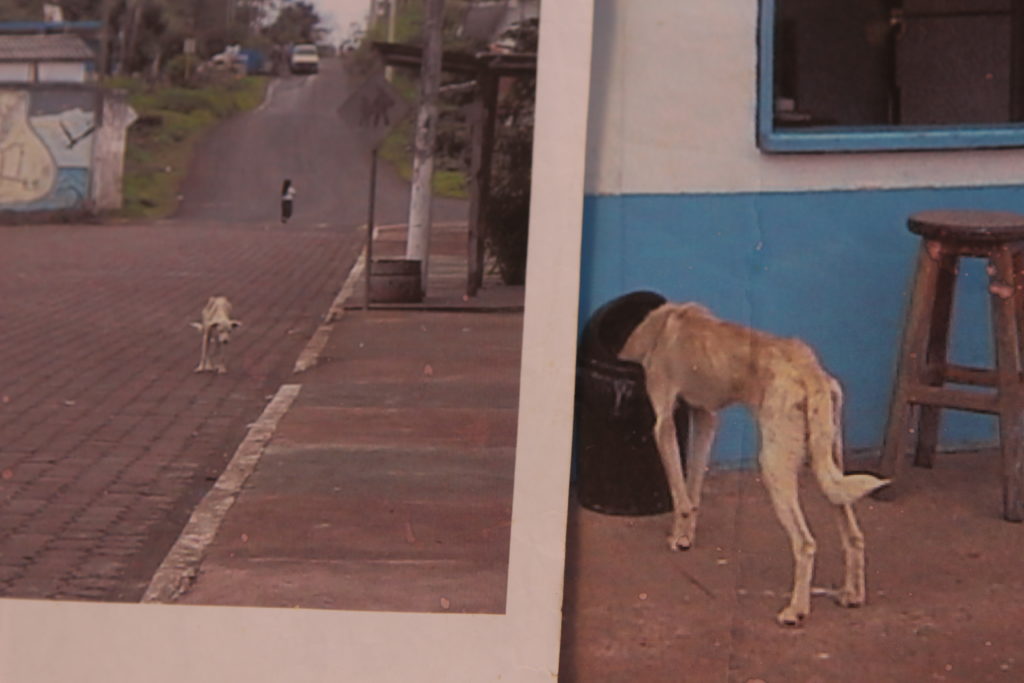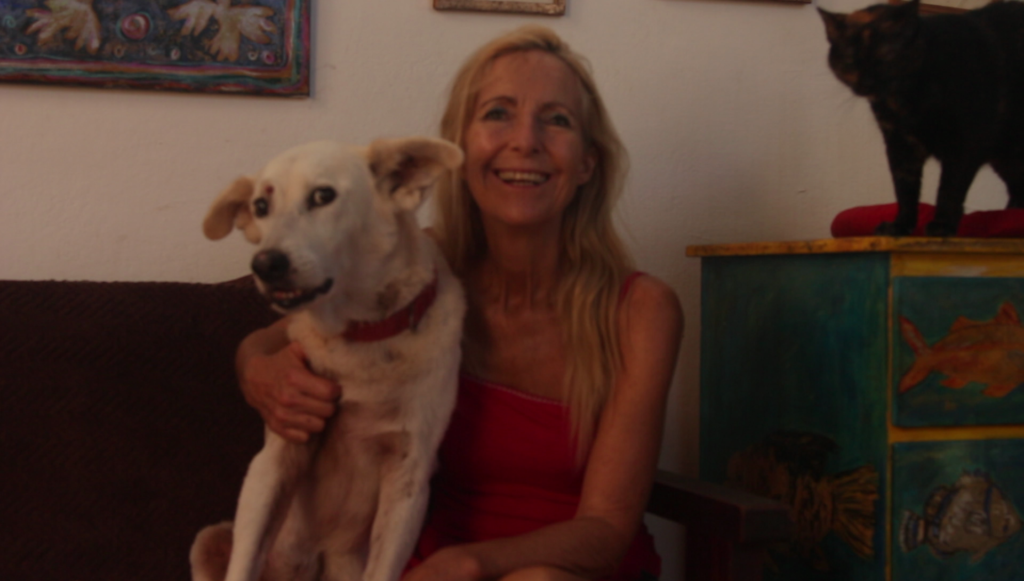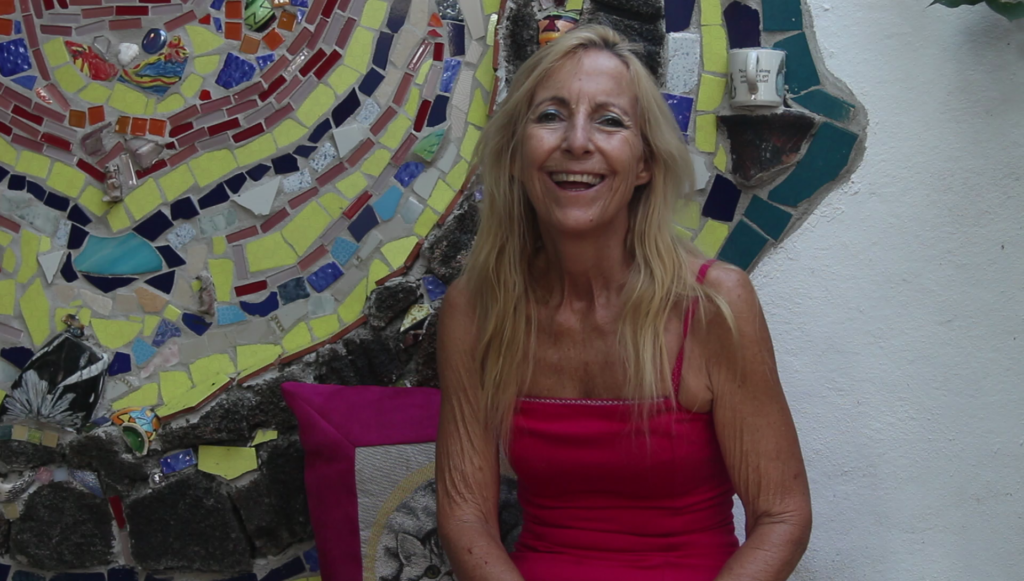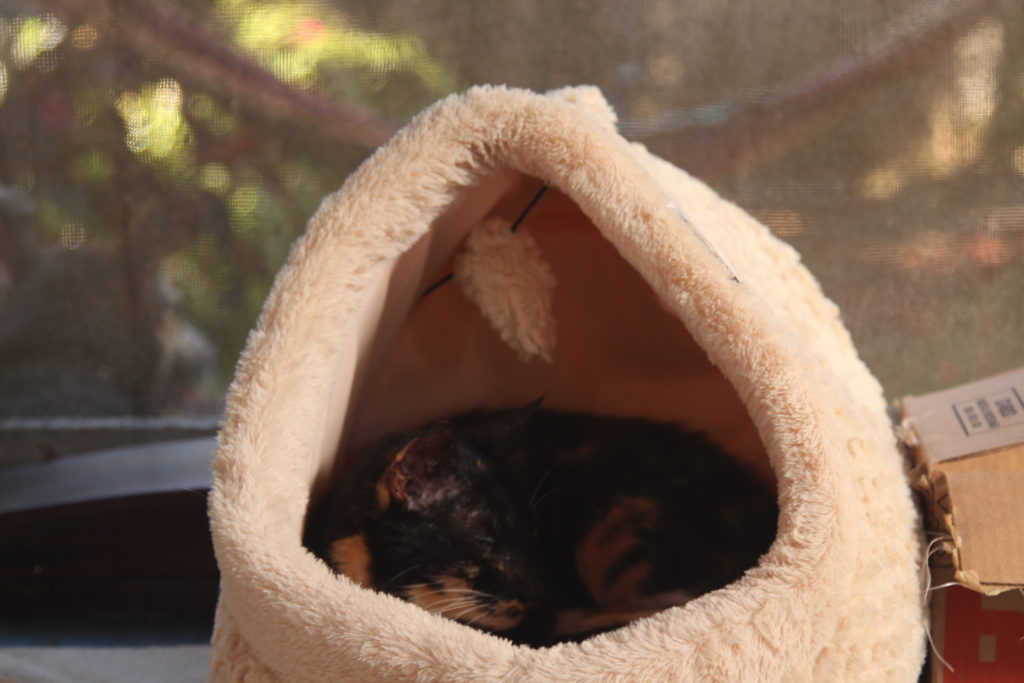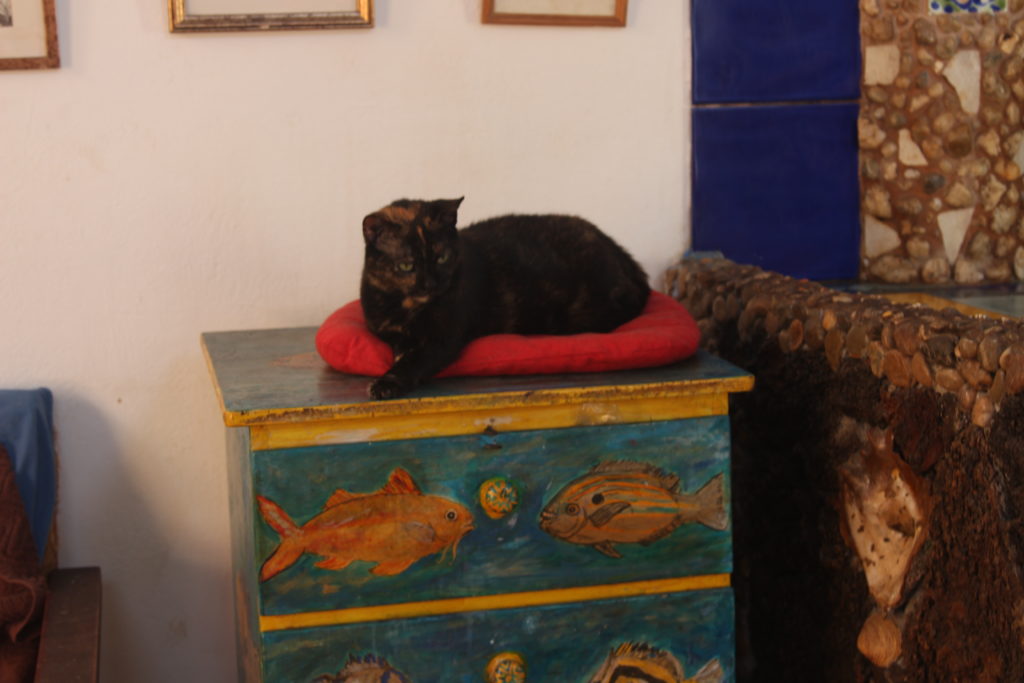Operation Chumphon Champion; An interview with Dr. Carmen
Operation Chumphon Champion in Thailand was a huge success! Darwin Animal Doctors worked alongside Noistar Animal Clinic, a local veterinary clinic, to run a high-impact spay/neuter campaign between May 29th and July 28th, 2017. Our goal was to spay and neuter 400 cats and dogs during our nine weeks on the ground and were successful in sterilizing 422 domesticated animals! The team crushed the goal and in the process, saved thousands of unwanted animals from being born by significantly reducing overpopulation!
Darwin Animal Doctors had a chance to catch up with Op Chumphon Champion Campaign Leader, Dr. Carmen Barba Claassens, and she filled us in with all the incredible campaign details.
Darwin: Tell us all about your time in Thailand during Op Chumphon Champion. What were some of the major highlights during the campaign?
Dr. Carmen: Our campaign was a great success in terms of our spay and neuter goals, but also was a really fun and memorable experience. My time in Thailand was different from any other campaign I had ever done. One thing that really stood out was that while there were many stray animals, we didn’t see many thin and malnourished dogs like we do on many of these types of campaigns. The local Buddhist population are very kind, and generally feed the animals, which was a wonderful thing to see.
Darwin: What were the most challenging aspects of the campaign?
Dr. Carmen: Trapping cats and dogs was probably the most interesting and difficult part of the campaign. Luckily, Nai, one of the assistants at Noistar, provided amazing support when it came to trapping and catching. Not only did Nai know the island very well, but he had a lot of experience with trapping – and with a blow dart no less! The team and I were usually busy in the clinic, but went out to help Nai whenever we could.
Also, we often would find ourselves catching dogs on the beach when we were just there to relax! The team would lure the dogs in at a local beach called Shark Beach with an offer of a nice treat, before putting a leash on them and giving them a sedative injection. Of course, once the leash went on, the dogs would start barking and yelping. We would realize that all the tourists in the area were watching us, trying to work out if we were helping or harming the dogs. Luckily, we were wearing our Darwin Animal Doctors’ scrub tops, so they could work out that we were helping them. But then we had to carry these 30 to 45 pound (15 to 20 kilogram) sedated dogs back to the truck! It was one of the most physically challenging parts of the campaign.
Darwin: Between the dogs and cats, who was the more compliant patient?
Dr. Carmen: Cats were often easier to catch than dogs because we could set out traps for them – but that’s not to say that they didn’t come with their own troubles! Many of the cats were clever and took quite a while to go inside the trap cages. Once caught, we had to transport the cats back to the clinic. The roads in Koh Tao are not particularly smooth, so driving a cat in a carrier was quite the event. One volunteer drove the scooter while another held onto the cat carriers on the back. Now you can imagine – many of these cats were feral and had never been in a carrier before. They made a terrible fuss and a lot of noise while we were driving down the street, attracting a lot of attention. One time, when I was driving the scooter and Dr. Kate was holding a feral cat in a carrier – the cat was making so much noise, it attracted some dogs who ended up chasing us down the street! We definitely were the entertainment to the neighborhood that day!
As for dogs, the community members proactively notified us of roaming dogs, but the dogs often were gone by the time we arrived to trap them. Many of the dogs were friendly, and so we could approach them with food to catch them. Although, the idea of leashes were so foreign to them that the dogs became quickly excited and agitated once we put the leash on them. Thankfully, we had a great team of volunteers, who would sit with the dogs in the clinic to keep the dogs calm before the surgeries.
Darwin: How is the local wildlife and environment impacted by pet overpopulation and tourism in Koh Tao?
Dr. Carmen: We were told about the growing number of tourists in Koh Toa who had led to expansion within the town, which has unfortunately caused a decrease in wildlife and untouched beaches. There are apparently now less than two dozen sea turtles who nest on the island. It was apparent why it was so important to help reduce the rapidly expanding population of stray cats and dogs to help protect the wildlife that still called Koh Tao home.
Darwin: How did the locals respond to our efforts in Koh Tao?
Dr. Carmen: We meshed well with the community. The community members were enthusiastic and appreciative of our work. They donated money to help support our program, and even brought us snacks and cold drinks during the day. In addition, the team distributed flyers and hung posters around Koh Tao to raise awareness and encourage community members to bring their cats and dogs to the clinic.
We were also able to work with the local school and provide our humane education program to approximately 300 students. Connecting with the students was a wonderful experience as we taught the importance of safe and proper animal care. The children really engaged in our activities and wanted to learn more. The children even recognized us afterwards while we were in town and would smile and wave to us! It was a truly heartwarming experience.
Darwin: Who was your most memorable patient?
Dr. Carmen: My most memorable patient was also my saddest – a little bird named Mien. After a community member found a baby bird, laying on the ground and abandoned, they brought Mien into the clinic to see if anything could be done for her. I took on the responsibility of looking after her, feeding her every half-hour and providing her with around-the-clock care. It was an incredible experience to watch this little creature grow and flourish. Seeing Mien begin to trust me, get to know me, and feeling the bond between us grow gave me absolute pure joy! Releasing Mien back into the wild was the happiest and saddest moment of the whole campaign. I was so happy to see her set free, but it was also so sad to watch her go.
Darwin: What was your experience leading a team of veterinary volunteers in Thailand?
Dr. Carmen: As campaign leader, I was so impressed with every volunteer. Darwin Animal Doctors clinics provide hands-on experience that is life-changing for both our patients and our volunteers. After the campaign ended, our volunteer veterinarians told me how wonderful it was to join the campaign and how much they learned during their time with us. Similarly, the veterinarian students really stepped up to the plate. They picked up skills quickly and learned very fast. Every student told me how grateful they were to be a part of the campaign and all they accomplished in Thailand. Operation Chumphon Champion was a team effort between Darwin Animal Doctors and Noistar Animal Clinic and together, we made a real impact and long-lasting difference in Thailand.
To support Darwin Animal Doctors’ efforts to reduce pet overpopulation and protect biodiversity around the world, please make your donation here. Your generosity provides life-saving care for animals in need and humane education for future generations worldwide.
1 Comment
























